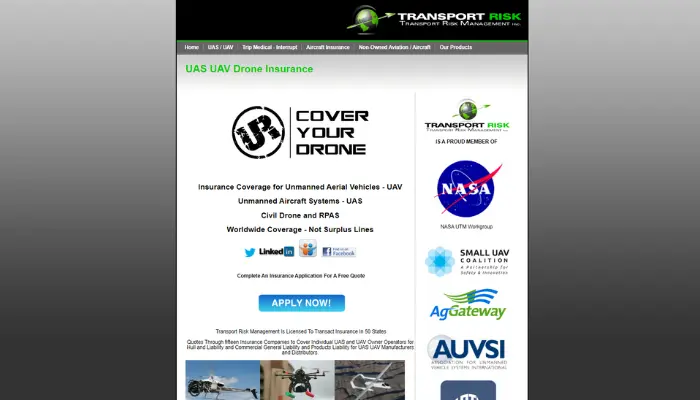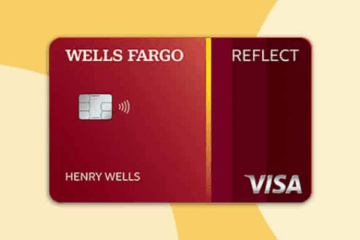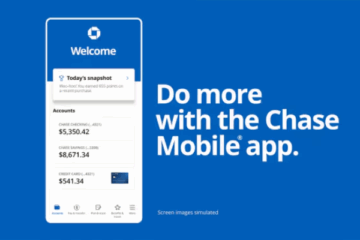Drones and Transport Risk Management: Secure Protection
If you are a drone operator, whether for commercial or recreational use, knowing more about insurance options is essential to ensure financial protection and peace of mind.
Advertising
Transport Risk Management offers specific solutions for drone operators, tailoring coverage to each client’s specific needs.
Advertising
In this guide, we will cover everything you need to know about drone insurance from Transport Risk Management, including liability coverage, types of insurance, costs, legal requirements, risk analysis, and more.
Liability Coverage
Liability coverage is one of the most important parts of drone insurance. This coverage protects the operator against damages to third parties, including bodily injury and property damage.
Advertising
Imagine that during a flight, your drone loses control and hits a parked car or even a person. Without adequate coverage, the expenses resulting from these damages could be extremely high, including medical and repair costs.
With liability insurance from Transport Risk Management, you can operate with more confidence, knowing that you are protected against such unforeseen events.
The coverage offered by Transport Risk Management can be customized, allowing you to choose the liability limit based on the specific needs of your operation.
This type of insurance is ideal for commercial operators who need to ensure that any eventuality is covered, especially in projects involving large productions or operations in high-risk areas.
Here are the main benefits of liability coverage:
- Financial Protection: Coverage for medical costs, repairs, and compensation in case of damage to third parties.
- Customizable Liability Limit: Choose the coverage value according to the type of operation and the risks involved.
- Peace of Mind for Commercial Operators: Ideal for those conducting large-scale operations or in high-risk areas, ensuring that any eventuality is covered.
- Coverage for Property Damage and Bodily Injury: Protection for both property damage and injuries to people involved in drone-related accidents.
Types of Insurance

Choosing the right insurance for your drone is a fundamental decision to protect your investments and operations.
Transport Risk Management offers different types of drone insurance, each focused on meeting the specific needs of operators and ensuring that all eventualities are covered in the best possible way.
Among the main types of insurance are:
- Hull Insurance: Covers damage to the drone itself, whether from collisions, accidents, or technical failures. It is essential protection for high-value drones, ensuring that you do not suffer significant financial losses in case of damage to the aircraft.
- Liability Insurance: As mentioned earlier, covers damage to third parties, including personal injury or property damage.
- Equipment and Cargo Insurance: Ideal for operators transporting equipment or making deliveries using drones. This type of insurance covers damage or loss of the cargo being transported.
- Privacy Invasion and Personal Injury Insurance: Covers claims related to privacy violations and personal injuries resulting from drone use, such as unauthorized recordings.
Choosing the right type of insurance depends on the type of operation you conduct. Commercial operators, for example, usually need broader coverage that includes hull and liability insurance.
Premiums and Insurance Costs
The cost of drone insurance, or premium, can vary based on several factors, including the type of drone, the operator’s level of experience, frequency of use, and type of operation.
In general, hull insurance costs between 8% and 12% of the drone’s value per year, while liability insurance tends to have a fixed cost, depending on the chosen coverage.
For example, if your drone is worth $1,500, hull insurance may cost between $120 and $180 per year.
Transport Risk Management also offers on-demand insurance options, allowing you to pay only for the time you need, which is a great alternative for operators who do not use their drones regularly.
Legal Requirements for Drone Insurance
In many regions, having drone insurance is a legal requirement, especially for commercial operations.
In the United States, for example, the Federal Aviation Administration (FAA) requires commercial operators to have liability insurance to ensure that any damages caused during operation are covered.
It is important to stay up-to-date on local rules and specific insurance requirements. In the European Union, new regulations introduced in 2021 require commercial drone operators to maintain liability insurance covering damages to third parties.
Ensuring compliance with local legislation is essential to avoid penalties and guarantee safe operations.
Risk Analysis
Risk analysis is a crucial step for any drone operation. Understanding potential risks is key to defining the appropriate insurance coverage and avoiding accidents.
The main risks include:
- Environmental Risks: Adverse weather conditions, such as strong wind and rain, pose a danger to safe drone operations. It is also important to consider restricted airspace and proximity to other aircraft.
- Technical Risks: Equipment failures or software issues can jeopardize operations. Regular inspections and preventive maintenance can help mitigate these risks.
- Human Error: One of the most common factors in drone accidents is operator error. Ensuring that all pilots have proper training and follow standard operating procedures is essential to mitigate risks.
A well-conducted risk analysis helps determine the necessary type of insurance and appropriate coverage limits for each situation.
On-Demand Insurance Options
One of the most popular innovations from Transport Risk Management is on-demand insurance. This type of insurance allows you to purchase coverage only when you actually need it.
Using the Dromatics™ platform, you can purchase insurance by the hour, day, or project, adjusting costs according to your operational needs.
On-demand insurance is an excellent option for operators who do not use drones frequently or have variations in the number of operations.
Additionally, the telematics technology used in the Dromatics™ platform provides detailed reports and precise cost control, allowing you to monitor your expenses more efficiently.
Claims and Claims Process
Unfortunately, accidents happen, and it is important to know how to proceed in the event of a claim. The claims process with Transport Risk Management is simple and straightforward, designed to minimize stress during an already challenging time.
Here is a step-by-step guide on how to handle a claim:
- Notify Immediately: As soon as the accident happens, contact Transport Risk Management to report the claim. You can do this through the app or website, where you can also attach photos and incident reports.
- Document the Accident: Take photos of the damage and collect all necessary information, including witness statements if available.
- Submit the Claim: Send all documents and reports to the insurer. The more complete the documentation, the faster the process will be.
- Follow Up: Transport Risk Management allows you to track the status of your claim in real time, ensuring transparency and ease throughout the process.
Having insurance that provides effective support in case of claims is essential to ensure that you can resume operations as quickly as possible.
Drone insurance with Transport Risk Management is a comprehensive and flexible solution for commercial and recreational drone operators.
With liability coverage options, hull insurance, on-demand options, and an efficient claims process, you can operate your drones safely and confidently.
Analyzing risks and choosing the right insurance for your needs is the first step to a safe and successful operation.
If you want to learn more about the insurance options offered by Transport Risk Management, visit the official website and find out how they can help protect your operation.





